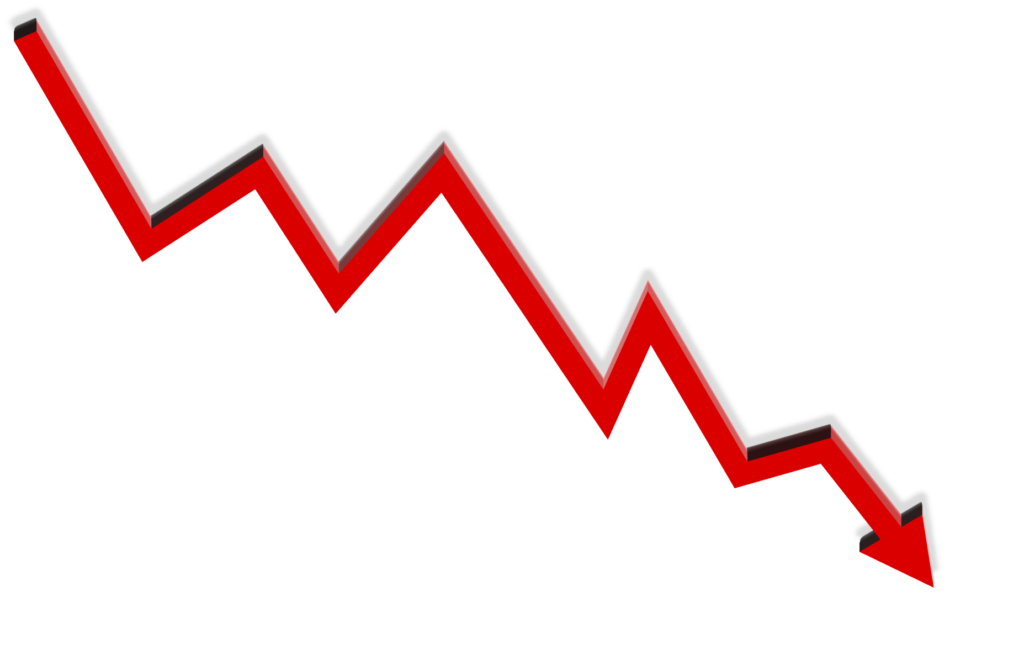PLO is quickly gaining popularity across the globe with many cardrooms featuring it as a steady game. Although some of the traffic is completely new poker players, much of it is players switching from Texas Hold’em to Omaha. Despite being good Texas Hold’em players, many newcomers make critical PLO mistakes and are soon parted with their money by seasoned players.
If you want to hear more about why you should add PLO to your game, check out our article “Four Reasons You Should Add PLO to Your Game.”
This post is the first in a three-part series covering some of the biggest mistakes players often make in PLO. This article will discuss foundational mistakes that often compound into pre-flop and post-flop mistakes.
Table of Contents
PLO Mistake #1: Players Don’t Know How to Play PLO
It might surprise you, but it is not uncommon for players to sit at a Pot-Limit Omaha table and not know how to play. This mistake can lead to many errors, both pre-flop and post-flop.
While this mistake often frustrates other players, they deal with it since it often results in the new player losing big pots. The bewildered player often leaves the table frustrated and does not return.
This mistake doesn’t require much discussion and is very easy to fix. Learn how to play PLO before you ever sit down. A basic understanding of the rules and the game’s flow will create a better initial experience.
PLO Mistake #2: Players Don’t Know How to Calculate a Pot Size Bet
For many players, this might be the first time they have had to calculate a pot-size bet. While it is true that many No-Limit Holdem players size their bets in relation to the pot, many players just fire an amount that seems good without regard to the size of the pot.
In PLO, the most you can bet at any time is the size of the pot. This sounds simple, but many players mess it up. This is also a quick way to showcase that you are new to the game to an observant opponent.
The important thing to remember when making a pot-size bet or raise is that the size of the pot is calculated after you call the current action. That means a pot-size raise is a call plus a raise, although we just announce the size of the total bet. Otherwise, you might get accused of making a string bet. Let’s look at a couple of examples.
A live PLO game with a small blind of $5 and a big blind of $10. Action folds around to you in the Cutoff. You decide to make a pot-size raise. There is $15 in the pot. But remember a pot-size raise includes the size of the pot after you call and your raise. Calling here would make the pot $25. You quickly announce raise and bet $35 (your $10 call plus the $25 size of the pot after your call).
This is easy enough, but what happens as the pot grows? Let’s continue this example.
After you raise, the Button and Small Blind both fold. The Big Blind announces pot. How much is the Big Blind’s bet going to be? The Big Blind already made a $10 blind bet. Now they must call the raise, which is $25. The pot is now $75. So the total bet is the $25 call plus the $75 raise for a total of $100.
This concept is the same for post-flop calculations and takes some practice. I recommend doing some off-the-table practice to get good at this.
PLO Mistake #3: Players Don’t Understand How Big PLO Plays
It might surprise you that despite the pot-limit betting structure, PLO plays bigger than the equivalent No-Limit Hold’em game. That means a PLO game with a $2/$5 blind structure will play closer to a $5/$10 No-Limit Hold’em game.

This confuses many people, but it has many factors. The first is that it is harder to push someone out of the pot with big bets. A player deciding to play knows that the biggest bet or raise they will face is a pot-size bet or raise. They will always get at least 2 to 1 odds or 33% equity on a call.
The second reason is that equity distributions in PLO are much closer than in No-Limit Hold’em. In No-Limit Hold’em, having AA versus KK preflop gives you an 82% equity advantage. Against JTs, your equity is still 79%.
In PLO, AAXX (AA with two random side cards) versus KKXX drops to 70%. That’s not too bad, but AAXX versus JT98ds (jack-high double-suited rundown) is only around 56% to win by the river. In fact, AAXX versus four random cards is 65%. Compare that to the 85% equity AA has versus two random cards in Texas Hold’em.
This equity distribution often gets even closer post-flop. Oftentimes, pots grow very large between two hands with close to 50:50 equity versus each other.
These two reasons cause pots to go multiway and grow significantly bigger. Many new players do not anticipate this and end up playing higher than they intended to. Spending a few minutes every day with an equity calculator is an easy way to improve and fix this mistake.
PLO Mistake #4: Players Don’t Know PLO is a Very High Variance Game
In its simplest terms, variance refers to how much you actually win or lose in the short term compared to what you are expected to win or lose in the long term.

We discussed how close equities run both pre-flop and post-flop. This causes the game to play very big and often go to showdown. It is not hard to lose a series of 50:50 flips and suddenly be down several buy-ins. Over the long run, this will even out, but over the short run, you could easily find yourself down a significant amount of money.
If you are interested in seeing this concept in action, go to StatCrunch and run a few simulations yourself. Do this a few times to see how much the results can vary. It might surprise you.
Of course, this doesn’t always result in you being down a significant amount of money. It can work the opposite way. You could end up with a significant amount of money ahead. What’s wrong with that, right?
PLO Mistake #5: Players Overestimate Their Skill
There are plenty of posts across various poker forums of people posting pictures of huge chip stacks with something along the lines of, “First time playing PLO. In for $200. Out for $2300.” There is nothing wrong with having a great first session. Just remember that the variance will skew your results.
The best way to combat this is to keep your ego in check and realize that the cards likely fell your way. You might have a knack for PLO, but you must realize that you will also experience the downside of variance at some point. The important part is to keep learning.
We covered a lot in this post. The next post in this series, “Fix These Pre-Flop PLO Mistakes and Make More Money,” will dive deeper into pre-flop mistakes.
If you enjoyed this article, make sure to subscribe or follow me on Twitter and Facebook to stay up to date on new content. Also, check out some of my other articles below.






